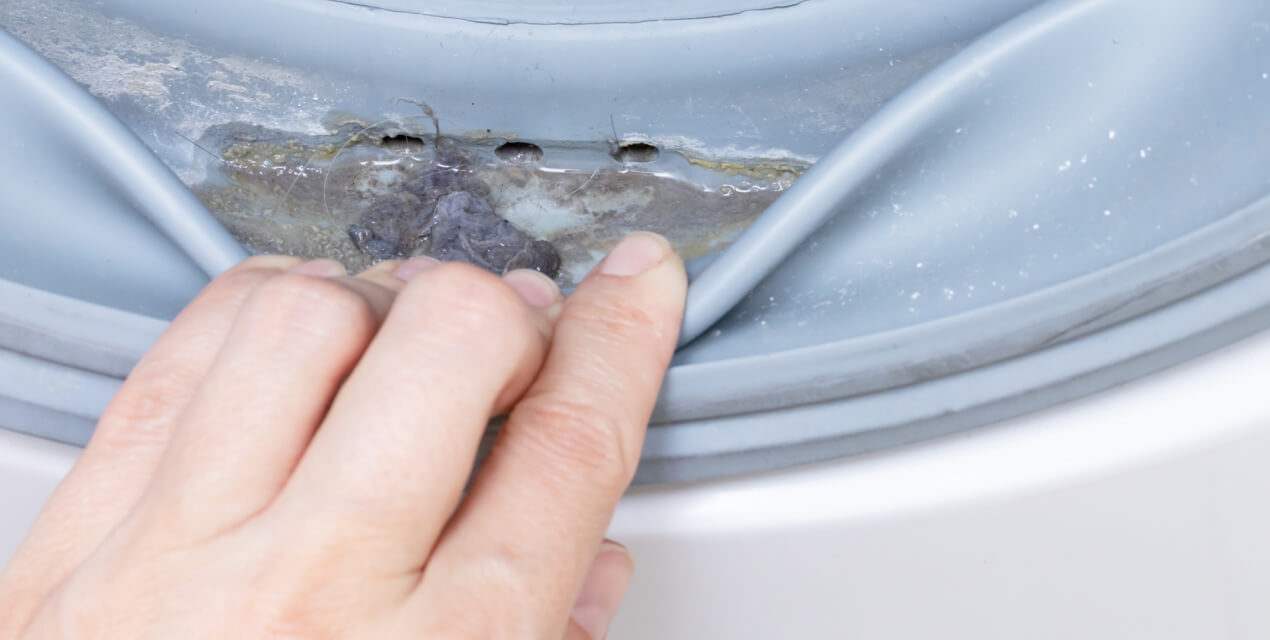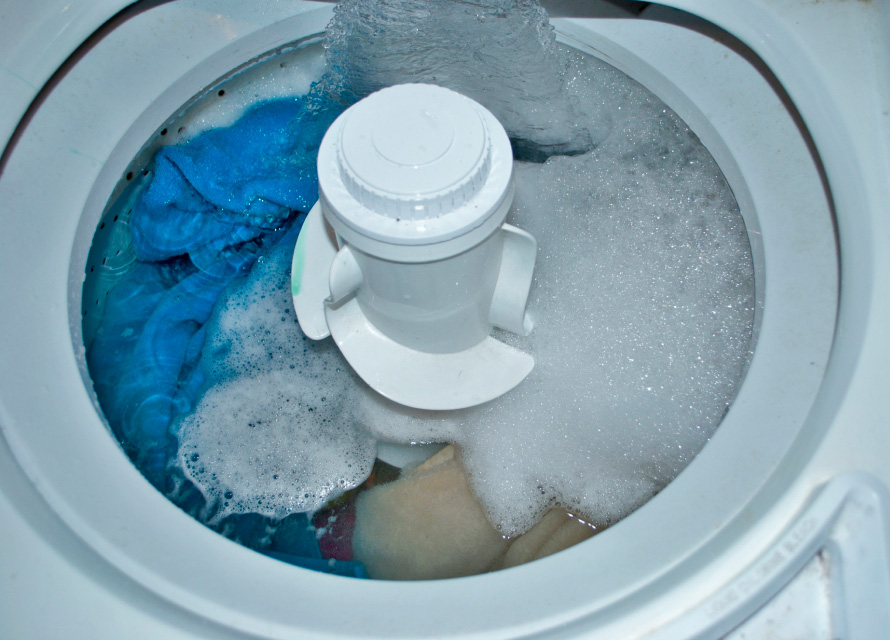Book your appliance repair today!
We are responsible for the excellent quality of the fix washing machine services provided and an individual, professional approach to each client. The employees of our company are competent and periodically undergo additional training.
Book online





